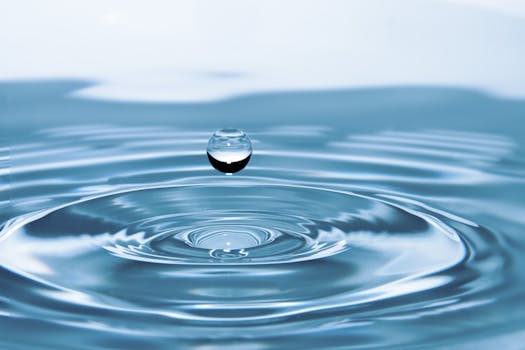The Benefits of Water Training for People with Joint Problems or Who Are Overweight
Water training, also known as aquatic therapy or hydrotherapy, has gained recognition as an effective exercise modality for individuals with joint problems or those who are overweight. The buoyancy of water reduces the impact on joints, making it an ideal environment for rehabilitation and fitness. This article explores the numerous benefits of water training, supported by research, case studies, and statistics.
Understanding Water Training
Water training involves performing exercises in a pool or other aquatic environments. The properties of water—buoyancy, resistance, and temperature—create a unique setting that can enhance physical activity while minimizing discomfort. This makes it particularly beneficial for individuals with joint issues or excess weight.
Benefits of Water Training
- Reduced Impact on Joints: The buoyancy of water supports the body, alleviating stress on joints. This is especially beneficial for those with arthritis or other joint-related conditions. A study published in the Journal of Rehabilitation Research and Development found that aquatic exercise significantly reduced pain and improved function in individuals with knee osteoarthritis.
- Increased Range of Motion: Water provides a gentle resistance that encourages movement without the risk of injury. This can help improve flexibility and range of motion, which is crucial for joint health. A case study involving a 60-year-old woman with limited mobility due to arthritis showed marked improvement in her range of motion after participating in a structured water training program.
- Weight Management: For individuals who are overweight, water training can be an effective way to burn calories while minimizing strain on the body. According to the American Council on Exercise, a 160-pound person can burn approximately 400 calories in an hour of moderate water aerobics. This makes it a viable option for those looking to lose weight.
- Improved Cardiovascular Health: Water training can enhance cardiovascular fitness without the high impact associated with land-based exercises. A study in the International Journal of Aquatic Research and Education found that participants who engaged in water aerobics showed significant improvements in cardiovascular endurance compared to those who exercised on land.
- Enhanced Muscle Strength: The resistance of water can help build muscle strength effectively. Water is approximately 12 times denser than air, providing a natural resistance that can be adjusted by changing the speed and intensity of movements. This is particularly beneficial for individuals who may struggle with traditional weight training.
- Psychological Benefits: Engaging in water training can also have positive effects on mental health. The soothing properties of water can reduce stress and anxiety, while group classes can foster social interaction and support. A survey conducted by the Aquatic Exercise Association found that 85% of participants reported improved mood and reduced feelings of isolation after joining water exercise classes.
Real-Life Success Stories
Many individuals have experienced transformative results through water training. For instance, a 45-year-old man with obesity and knee pain began a water aerobics program and lost over 30 pounds in six months. His knee pain significantly decreased, allowing him to engage in more physical activities outside the pool.
Another example is a 70-year-old woman who suffered from chronic back pain. After participating in a water therapy program, she reported a 50% reduction in pain and an increased ability to perform daily activities independently. These success stories highlight the potential of water training to improve quality of life.
Getting Started with Water Training
For those interested in exploring water training, here are some tips to get started:
- Consult with a healthcare provider to ensure water training is appropriate for your condition.
- Look for local community pools or fitness centers that offer aquatic exercise classes.
- Start with beginner classes to build confidence and learn proper techniques.
- Consider working with a certified aquatic therapist for personalized guidance.
Conclusion
Water training offers a multitude of benefits for individuals with joint problems or those who are overweight. From reducing joint impact to enhancing cardiovascular health and promoting weight loss, the advantages are compelling. With real-life success stories and supportive research backing its effectiveness, water training stands out as a valuable option for improving physical health and overall well-being. By embracing this unique form of exercise, individuals can take significant steps toward a healthier, more active lifestyle.
